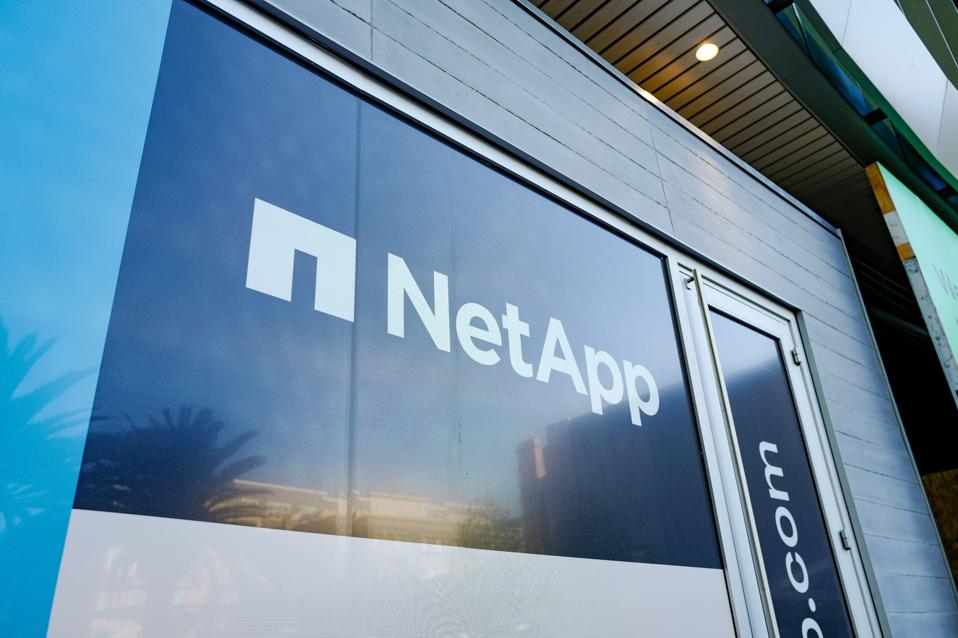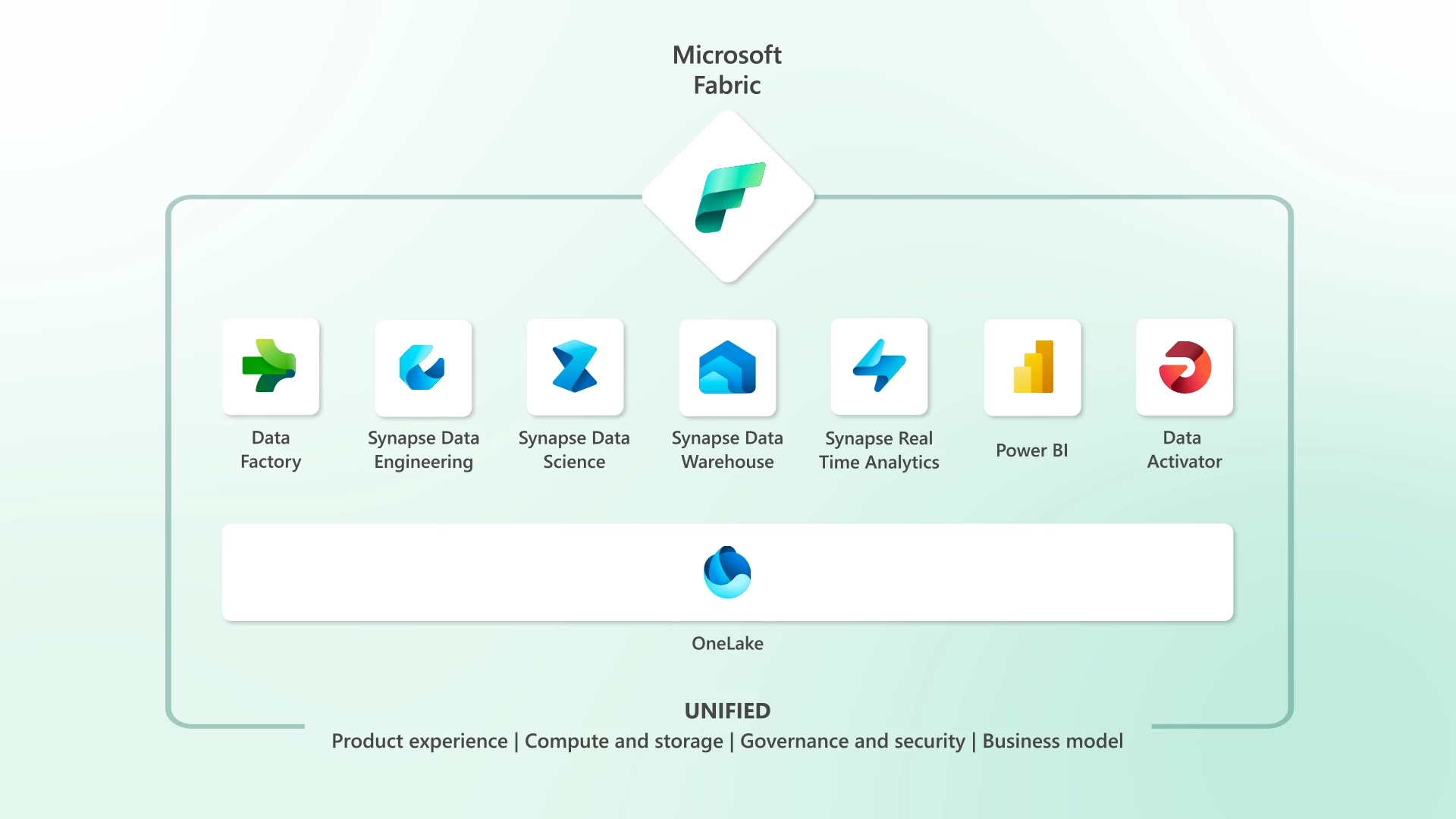Oracle and Microsoft last week jointly announced that Oracle’s Exadata platform is coming to Azure cloud. Let’s look at what was announced.
New: Oracle Database@Azure
The new offering, dubbed Oracle Database@Azure, provides customers with direct access to Oracle database services hosted on Oracle Cloud Infrastructure (OCI) within Microsoft Azure datacenters.
The collaboration is powerful, bringing together the best of what Oracle and Azure offer. Oracle Database@Azure delivers Oracle’s unmatched performance, scalability, and availability, along with the security, flexibility, and top-tier services of Microsoft Azure.
Oracle Database@Azure simplifies cloud adoption for customers by providing:
- Enhanced options for migrating Oracle databases to the cloud.
- High-performance Oracle databases with scalability and availability.
- A streamlined, secure, and low-latency environment within Azure.
- The ability to create new cloud-native applications using OCI and Azure technologies.
- Assurance from the expertise and support of both Oracle and Microsoft.
The partnership supports organizations in moving critical applications to the cloud. With this collaboration, Microsoft Azure becomes one of the few cloud providers capable of running Oracle’s database services with the performance and reliability of Oracle Exadata, offering customers a robust multi-cloud solution.
The new offering seamlessly integrates into Azure, addressing challenges associated with managing multiple cloud environments and providing a unified experience for deploying and managing Oracle database instances within Azure.
Furthermore, the partnership simplifies the purchasing and contracting processes. Customers can utilize their existing Azure agreements and Oracle Database licenses, including the “Bring Your Own License” (BYOL) option and the Oracle Support Rewards program.
Background: What is Oracle Exadata?
Oracle Exadata is engineered to do only one thing: run Oracle Autonomous Database and Oracle Database faster and better than anything else on the market. Exadata is purpose-built to maximize Oracle Database workloads’ performance, scalability, and availability.
Earlier this summer, Oracle introduced its twelfth Exadata platform, the Oracle Exadata X10M database machine. Some of the key features and components of Oracle Exadata include:
- Hardware Acceleration: Oracle Exadata systems are equipped with specialized hardware components, including high-performance storage servers and database servers, that are tightly integrated to deliver exceptional performance. This includes features like InfiniBand networking, Flash storage, and custom-designed hardware for data processing.
- Tiered Storage: Exadata implements a three-tier storage system, automatically balancing persistent data where it’s most effective to support the current workload. The machine combines High Capacity (HC) storage servers for storing of large amounts of data in either flash or traditional hard drives, Extreme Flash (EF) storage servers for high-performance data access at the speed of flash, and Extended (XT) storage servers.
- Smart Scan: Exadata employs a “Smart Scan” technology that offloads database processing tasks to the storage layer. This reduces the amount of data transferred between storage and database servers, minimizing CPU usage in the database servers, accelerating query execution, and eliminating most network bottlenecks.
- Software Integration: Oracle Exadata is tightly integrated with Oracle Database software, taking full advantage of features like Real Application Clusters (RAC), Partitioning, and In-Memory Database technology.
- High Availability: Exadata is designed for high availability and disaster recovery.
- Scalability: Exadata systems can be scaled horizontally and vertically to accommodate growing workloads.
- Management Tools: Oracle provides tools and utilities designed explicitly for Exadata, making monitoring and maintaining the system easier.
Oracle Exadata is often used for mission-critical, data-intensive applications where high performance, scalability, and reliability are essential. It’s commonly found in industries such as finance, healthcare, telecommunications, and e-commerce, where the need for rapid data processing and minimal downtime is critical.
Analysis
While Amazon Web Services (AWS) is the world’s largest public cloud provider, Microsoft Azure is the leading cloud provider among large enterprise customers – the same customer base relies on Oracle Database and Oracle Exadata for mission-critical applications.
Oracle recently told me that over 87% of the Fortune Global 100 depend on Oracle Exadata for business-critical workloads. This includes managing petabytes of data warehouses and delivering advanced data analytics. Exadata is also used to support complex business applications such as SAP, Oracle E-Business Suite, and Siebel. Where Oracle Exadata shines, however, is in servicing OLTP workloads such as financial trading and eCommerce.
Even though Oracle and Microsoft continue to compete aggressively in both database and cloud markets, the new collaboration recognizes that serving the needs of data-hungry enterprises is simply good business. The big winner from the Oracle Database@Azure announcement isn’t Oracle or Microsoft, even though each will benefit. The big winners are enterprise IT organizations that can now leverage the unmatched power of Oracle Exadata from nearly everywhere they deploy databases, AWS excluded.




